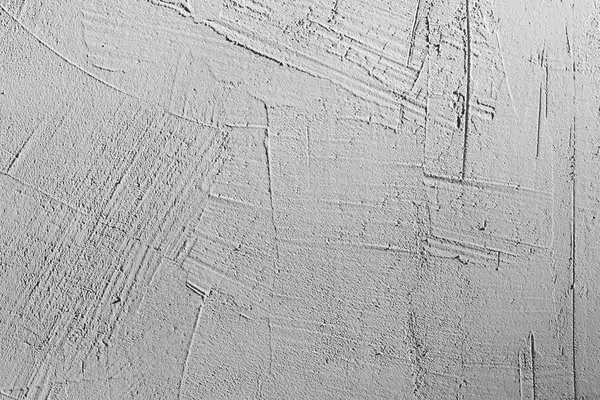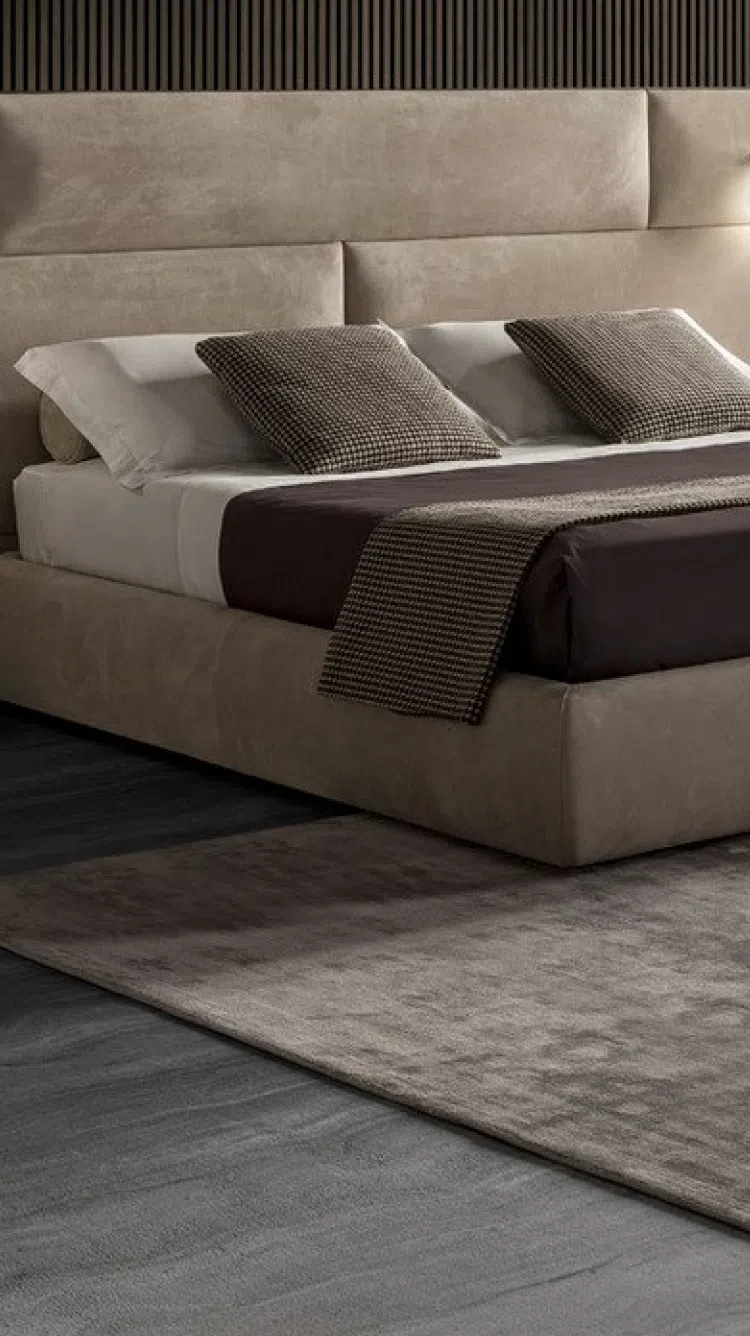
Cement, as a furniture material, may not be the first choice that comes to mind due to its association with construction and heavy industrial uses. However, it has increasingly become popular for certain types of furniture, providing a modern, minimalist, and industrial aesthetic that is both stylish and functional. When used properly, cement can create durable and unique pieces of furniture that are suitable both for indoor and outdoor use.
Characteristics of Cement Furniture:
Durability: Cement is an incredibly durable material that can withstand a lot of wear and tear, making it ideal for tables, benches, and outdoor pieces that need to resist the elements.
Weight: Furniture made from cement is heavy, which means it is stable and not easily knocked over, but this also means it is less practical for pieces that need to be moved around frequently.
Aesthetics: Cement has a distinctive, modern appearance, with a sleek, matte finish that can be left natural or painted. Its muted color palette makes it an excellent backdrop for more vibrant accents.
Texture: While cement can be smoothed to a fine finish, it can also be textured to add a tactile dimension to the furniture.
Versatility: It can be molded into almost any shape before it sets, which allows for a wide range of designs from simple, geometric forms to more complex and organic shapes.
Maintenance: Cement furniture is low maintenance, requiring only occasional sealing to prevent staining and water penetration if used outdoors.
Thermal Mass: Cement has a high thermal mass, which means it can absorb and store heat. This can be advantageous in outdoor settings but should be considered carefully in indoor environments, where it could affect the room's temperature.
Sustainability: The production of cement is energy-intensive and emits significant levels of CO2. However, some furniture pieces use recycled cement or are combined with sustainable materials to improve their environmental footprint.
Production Process:
Making cement furniture typically involves creating a mold into which the cement mixture is poured. This mixture is usually a blend of cement, aggregates like sand or stone, and water. Once the mixture is poured, it will harden within the mold, taking the desired shape. After the cement cures, the piece is removed from the mold and undergoes finishing processes such as sanding, sealing, and sometimes painting or staining.
Application:
Cement furniture is often found in outdoor settings due to its resistance to weather conditions, in commercial spaces for its robustness and industrial look, and in contemporary home settings where a minimalistic or raw aesthetic is desired. It's common to see cement used in countertops, tables, stools, and accent pieces like planters and fire pits.
When incorporating cement furniture into a space, it's important to consider the balance of the room's design, as cement can dominate softer materials with its solid and imposing presence. Pairing it with contrasting textures like wood, textiles, or metal can create a harmonious blend of materials.


